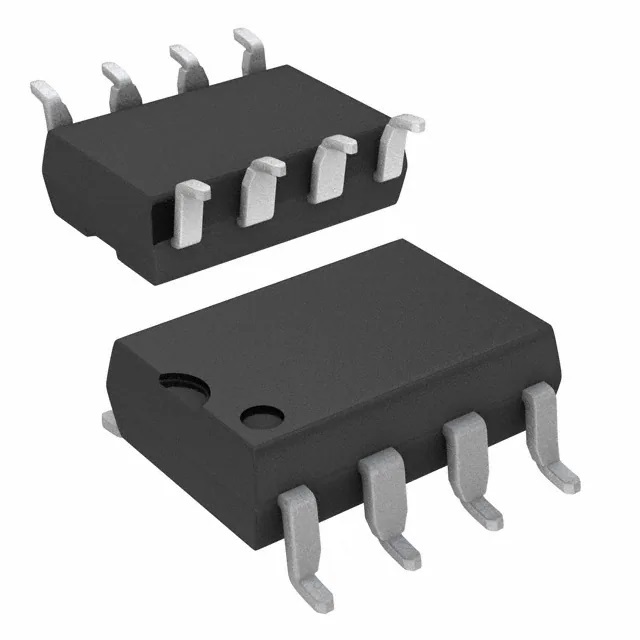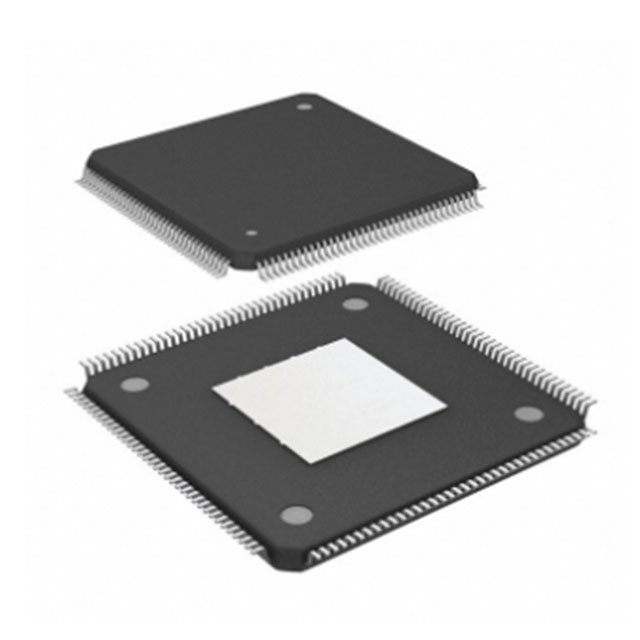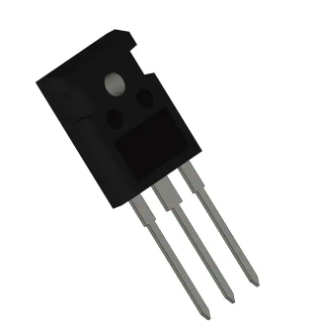AMC1200SDUBR 100% New & Original Isolation Amplifier 1 Circuit Differential 8-SOP
Product Attributes
|
TYPE |
DESCRIPTION |
|
Category |
Integrated Circuits (ICs) |
|
Mfr |
|
|
Series |
- |
|
Package |
Tape & Reel (TR)
Cut Tape (CT) Digi-Reel® |
|
Product Status |
Active |
|
Amplifier Type |
|
|
Number of Circuits |
1 |
|
Output Type |
Differential |
|
Slew Rate |
- |
|
-3db Bandwidth |
100 kHz |
|
Voltage - Input Offset |
200 µV |
|
Current - Supply |
5.4mA |
|
Current - Output / Channel |
20 mA |
|
Voltage - Supply Span (Min) |
2.7 V |
|
Voltage - Supply Span (Max) |
5.5 V |
|
Operating Temperature |
-40°C ~ 105°C |
|
Mounting Type |
|
|
Package / Case |
|
|
Supplier Device Package |
8-SOP |
|
Base Product Number |
Documents & Media
|
RESOURCE TYPE |
LINK |
|
Datasheets |
|
|
Featured Product |
Data Converters |
|
PCN Assembly/Origin |
|
|
Manufacturer Product Page |
|
|
HTML Datasheet |
|
|
EDA Models |
|
|
RESOURCE TYPE |
LINK |
|
Datasheets |
Environmental & Export Classifications
|
ATTRIBUTE |
DESCRIPTION |
|
RoHS Status |
ROHS3 Compliant |
|
Moisture Sensitivity Level (MSL) |
3 (168 Hours) |
|
REACH Status |
REACH Unaffected |
|
ECCN |
EAR99 |
|
HTSUS |
8542.33.0001 |
What is a isolation amplifier?
An isolated amplifier can be defined as one that does not have any conductive contact between the input and output parts. Thus, the amplifier provides ohmic isolation between the I/p and O/P terminals of the amplifier. This isolation must have less leakage as well as a large dielectric breakdown voltage. Typical resistance and capacitance values for the amplifier in the input and output terminals are that the resistor should have 10 Tera ohm and the capacitor should have 10 pF.
Isolation amplifier:
These amplifiers are often used when there is an extremely large common-mode voltage difference between the input and output sides. In this amplifier, there is no ohmic circuit from input to output.
Isolation amplifier design method
There are three design methods used for isolation amplifiers, including:
1. Transformer isolation
This type of isolation uses either PWM or frequency-modulated signals. Internally, the amplifier includes a 20 KHz oscillator, rectifier, filter, and transformer to power each isolation stage.
1). The rectifier is used as input to the main operational amplifier.
2). Connect the transformer to the power supply.
3). The oscillator is used as the input of the secondary operational amplifier.
4).LPF is used to remove components of other frequencies.
5). The advantages of transformer isolation mainly include high CMRR, linearity and accuracy.
Applications for transformer isolation include medical, nuclear and industrial applications.
2. Optical isolation
In this isolation, the l signal can be changed from a biological signal to an optical signal by an LED for further processing. In this case, the patient circuit is the input circuit, while the output circuit can be formed from the phototransistor. These circuits are powered by batteries. The i/p circuit converts the signal into light, and the o/p circuit converts the light back into signal.
The advantages of optical isolation include:
1). By using it, we can get amplitude and raw frequency.
2). It is connected optically without a modulator or demodulator.
3). It improves patient safety.
Applications of transformer isolation include industrial process control, data acquisition, biomedical measurement, patient monitoring, interface components, test equipment, SCR control, etc.
1). It uses frequency modulation and digital encoding of input voltage.
2). The input voltage can be changed to the relative charge on the switching capacitor.
3). It includes circuits such as modulator and demodulator.
4). Signals are sent through differential capacitive barriers.
5). For both parties, provide separately.
The advantages of capacitive isolation include:
1). This isolation can be used to eliminate ripple noise
2). These are used to simulate the system
3). It includes linearity and high gain stability.
4). It has high immunity to magnetic noise
5). By using it, you can avoid noise.
Applications for capacitive isolation include data acquisition, interface components, patient monitoring, electroencephalography, and electrocardiogram.
Isolation Amplifier Applications:
These amplifiers are often used in applications such as signal conditioning. This may utilize different bipolar, CMOS and complementary bipolar amplifiers, including choppers, isolators, and instrumentation amplifiers.
Because some devices work by using a low power supply, otherwise batteries. The choice of isolation amplifier for different applications depends mainly on the power supply voltage characteristics of the amplifier.
Thus, this is what isolation amplifiers are all about, which can be used to isolate signals such as input and output through inductive coupling. These amplifiers use multiple channels to protect electrical and electronic components from overvoltages in different applications.














